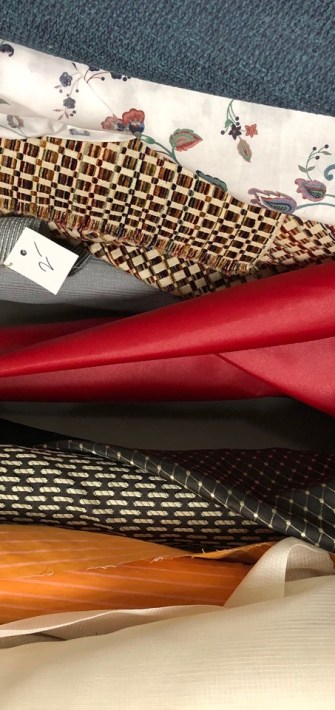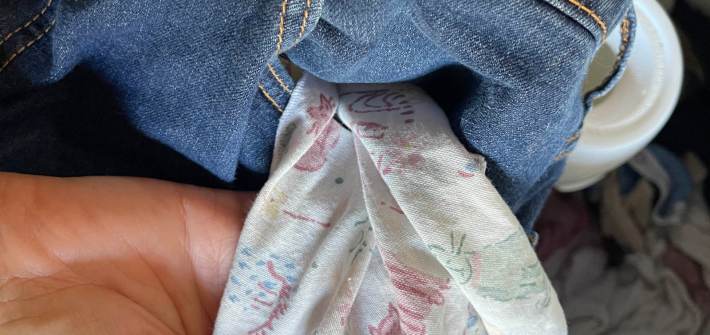Some medical essentials can be lower waste, like glasses. Keep an old pair out of landfill and clean the new pair waste-free.
Zero-Waste Basics
The Easiest Way to Declutter: Clear Out Five a Day

Want to declutter your home but don’t want to simply toss everything into landfill? Sort through a mere five items a day.
How to Spend Less Time Washing Dishes

When you cook more from scratch, you can spend a lot of time washing dishes. These 20 tricks will help save your precious time.
10 Free and Easy Ways to Reduce Plastic Pollution

You have cut all kinds of plastic: to-go cups, shopping and produce bags and bottled water. Here are 10 easy, free ways to cut more.
How to Blanch Green Beans and Freeze Without Plastic

Blanch and freeze seasonal green beans to save money and cut the plastic packaging of store-bought. Freezing also reduces wasted food.
How FabMo Keeps 70 Tons of Designer Materials Out of Landfill Every Year

Located in Silicon Valley, FabMo rescues designer materials headed for landfills and makes them available to the public for creative reuse.
7 Consumer Habits I Easily Ditched and Don’t Miss

A handkerchief stuffed inside a pocket got me thinking about aspects of consumerism I’m happy I no longer have to deal with.
Easily Turn Baking Soda into Washing Soda in the Oven

Do you want to make your own cleaning products but can’t find washing soda? Easily transform baking soda into washing soda in the oven.
How to Make Scouring Powder With Orange or Lemon Zest

Zest all the citrus to add to this simple and effective scouring powder. Save money, use up more food scraps and enjoy a truly natural scent.

